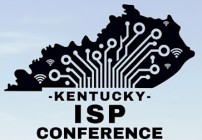
Channel Selection Rules
FCC Part 101.105: Interference Protection Criteria
Guidelines for applying interference protection criteria for fixed stations are specified in the Telecommunications Industry Association’s Telecommunications Systems Bulletin TSB 10, Interference Criteria for Microwave Systems. Intelpath applies TSB Criteria, along with FCC Rules and Regulations, when selecting interference-free channels for its clients.




